[ad_1]
The 14th century was not an easy time. Among other hardships, the Black Death shook the world and killed approximately one-third to one-half of the population. Understandably, the Catholic Church was also a dominant force and comprised a substantial part of daily living. Most people were illiterate because books were exclusively for the wealthy.
Given this backdrop, the fear of the Devil and witchcraft in the 14th century was very real. This led to the prosecution of people thought to practice these dark arts. Witches and sorcery were viewed as against Christianity. Witches were believed to ride through the air, engage in sexual orgies, and change shapes to other humans or animals. It’s interesting to examine some of the earliest witchcraft trials, which would substantially influence this troubling time in civilization.
Related: These 10 Women Were Convicted For Witchcraft For The Most Ridiculous Reasons
10 Bishop Audfinn Sigurdsso
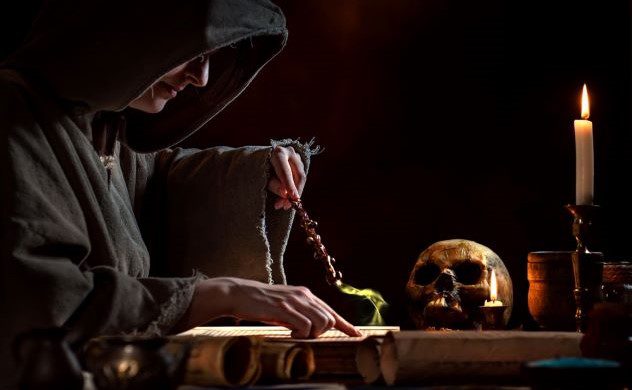
Audfinn Sigurdsson was the Bishop of Bergen, Norway, from 1314 to 1330. From the 11th to the 16th centuries, the Catholic Diocese of Bergen presided over several countries and was responsible for promoting religion throughout the area.
In 1324, Bishop Sigurdsson accused Ragnhild Tregagas, a Norwegian woman, of being a witch. Tregagas was also accused of selling her soul to Satan, performing magic rituals, and committing adultery with her male cousin. At her cousin’s wedding, Ragnhild promised her cousin’s genitals would fail to provide children.
Ragnhild also placed five loaves of bread (to strengthen the curse) and five peas (to hinder her cousin’s reproductive abilities) in the newlywed’s bed. She also positioned a sword nearby to create conflict. Ragnhild then hid in the couple’s bedroom and allegedly said a curse to end the marriage. It’s been speculated that Ragnhild’s confession of witchcraft was coerced by Sigurdsson.
Ultimately, Sigurdsson sentenced Tregagas to fast and spend several years pilgrimaging to holy places outside Norway. This marks the only medieval witchcraft trial known to have occurred in Norway.[1]
9 Pope Benedict XI
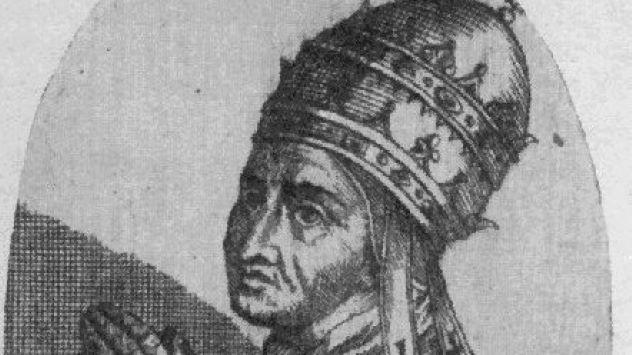
Pope Benedict XI was the pope for less than a year. In 1303, Benedict prosecuted a friar, Bernard of Delicieux, who took over a town and freed people incarcerated by the Inquisition. He also prophesied several things, including Benedict’s death.
Bernard was arrested for the first time by Benedict in 1304. He decided to apprehend Bernard for “saying such things as we must not.” Following Benedict’s death, however, this order was not carried out. Bernard was arrested again in 1317 for claims of murdering Pope Benedict XI and accusations that he was a sorcerer. Benedict likely passed from natural causes, though.
Bernard was found guilty, leading to torture. After being threatened with ex-communication, Bernard confessed to obstructing the Inquisition but not killing Benedict XI. Due to his confession, Bernard was defrocked and sentenced to life in solitary confinement.[2]
8 Robert Marshal of Leicester
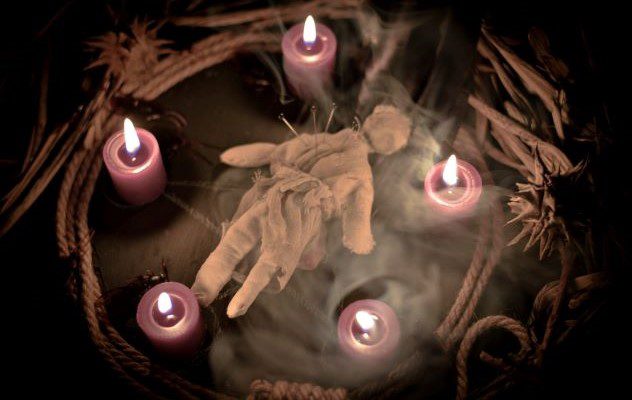
In 1324, Robert Marshal of Leicester issued an appeal against John of Nottingham and several others. Robert claimed that John was a sorcerer. Robert claimed he and John were visited by 25 people who requested that John use his powers to kill the king and others. John agreed and was paid 20 sterling. Robert stated that he was paid 15 sterling for assisting in the crimes.
John made several waxen images of the king and others. Then, John and Richard started trying sorcery powers in a Coventry, England, house. When the waxen images were made, John gave Robert a pin and told him to put it into the forehead of the image to see if his sorcery worked. The man in the image stayed alive until the pin was taken out. Later, the man died when the pin was placed in the effigy’s heart.
John and others were arrested and placed on trial. John denied everything. This led to acquittal by a jury and the discharge of the case.[3]
7 Richard de Ledrede, Bishop of Ossory
Born around 1260, Richard de Ledrede was a 14th-century Irish Bishop of Ossory. During his time as bishop, Ledrede often quarreled with his colleagues. In 1324, Ledrede led the Kilkenny witch trials, where several were accused, including Alice Kyteler and her servant, Petronella de Meath.
Kyteler was claimed to have killed the first of her four husbands. Kyteler was also charged with denying the power of Christ, sacrificing animals to demons, asking demons for witchcraft advice, having a sexual relationship with an incubus, conducting coven meetings, and burning church candles without permission.
De Meath confessed to six of the seven crimes and implicated Kyteler. Ultimately, De Meath was burned at the stake while Kyteler fled the country. Kyteler remains the first person charged with witchcraft in Ireland. Kyteler was likely only charged because her substantial wealth incurred the jealousy of the wrong people, including her stepchildren.[4]
6 Philip IV
As the King of France from 1285 to 1314, Philip IV ruled alongside his wife, Joann I. Philip IV is best remembered for expelling the Jews from France and persecuting the Knights Templar.
Philip IV and the Church viewed the Knights Templar as guilty of witchcraft, heresy, and alignment with Satan. Underlying this was Philip IV’s dislike of the Templars due to their wealth and power. On trial in 1307, Templars were tortured and later admitted to these dark arts. Attempting to escape torture, Templars claimed that new members were required to urinate on, walk on, or spit on the cross.
The Templars also claimed to worship Baphomet, a demon who came to them as a black cat. Other claims included that the Templars kissed Satan and wore magical robes. Additionally, motivating the persecution was the fear that the Templars were heretics who undercut the church’s message.[5]
5 Pope John XXII
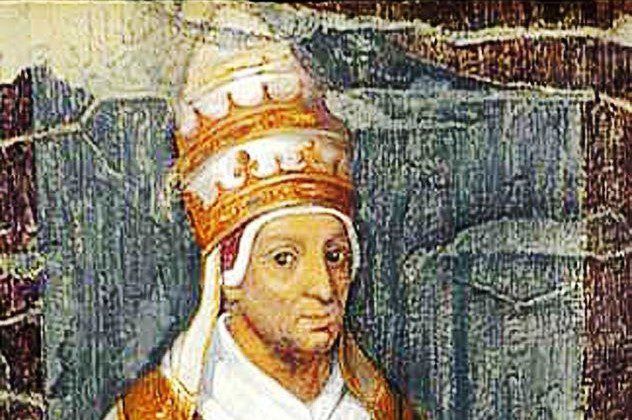
After studying law and medicine, Jacques Duese could not decide what to do with his life and decided to join the church. In 1316, following a quick ascension up the religious ranks, Duese became Pope John XXII.
Two years after the Templars were destroyed, Pope John XXIII declared witchcraft would be treated the same as heresy. He also believed assassination attempts had been made against him using magical items. In his 1326 document, Super iliius specula, John XXII warned against learning or teaching magic and performing it.[6]
4 Sir John Lovetot
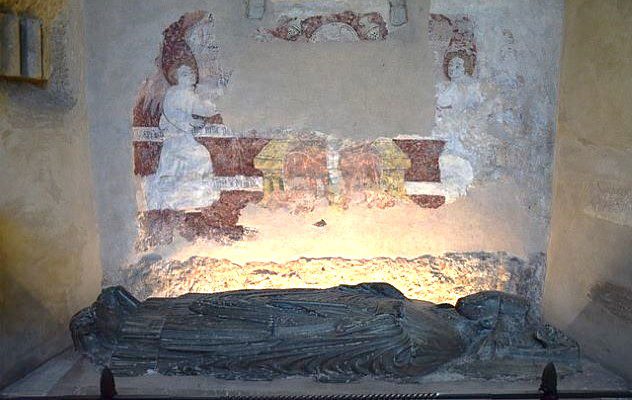
Sometime in 1291, Sir John Lovetot stopped being friendly with Walter Langton, Bishop of Coventry and Lichfield. Instead, Lovetot began wanting to destroy Langton. It remains uncertain what caused this dispute. It is known, however, that Lovetot owed Langton nearly a thousand pounds.
In 1301, Lovetot brought several claims against Langton before the pope. Lovetot claimed that Langton had an affair with his stepmother, helped strangle his father, misused his power, and made a pact with the Devil for his fortune. Lovetot even claimed that Langton offered the devil “obscene kisses.”
Pope Boniface VII called Langton to Rome and put him on trial over sorcery charges. The pope then requested the Archbishop in England to examine Lovetot’s case. Witnesses claimed these rumors came from rivals. Fortunately, none of the charges against Langton were upheld. Due to his influential friends and title, Langton was able to avoid facing any lasting repercussions from these charges.[7]
3 Peter von Greyerz
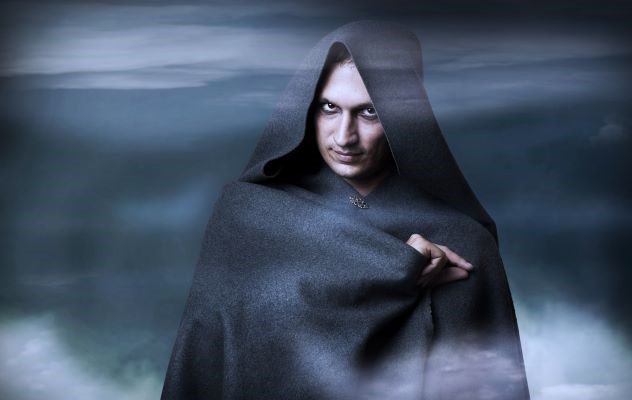
A man named Stedelen was executed in Boltigen, Switzerland, at the end of the 14th century on charges that he was a witch. After a drought occurred in his village, Stedelen was claimed to have used black magic to destroy crops, kill livestock, sacrifice a black rooster at a crossroad, place a lizard under a local church’s doorway, and take milk from the cows that belonged to a married couple so the wife would miscarry.
Judge Peter von Greyerz believed in witchcraft and that a Satanic cult existed in Switzerland whose members swore allegiance to the Devil and ate children. Von Greyerz claimed to first be introduced to dark arts in 1375 by a nobleman, Scavius, who could turn himself into a mouse. Scavius had a pupil, Hoppo, who was alleged to have taught Stedelen. At the feet of Hoppo, Stedelen supposedly learned to steal manure and hay from fields through magic, create thunderstorms, make both animals and people sterile, turn horses crazy, and even fly.
Placed on trial in 1397, Stedelen was charged with the invocation of a demon, maleficium, and diabolism. Following torture, Stedelen admitted to summoning demons, making a pact with the Devil, burying a lizard under the married couple’s house, and being part of a cult. As a result of his confession, Stedelen was burned at the stake.[8]
2 Jean de Folleville, the Provost of Paris
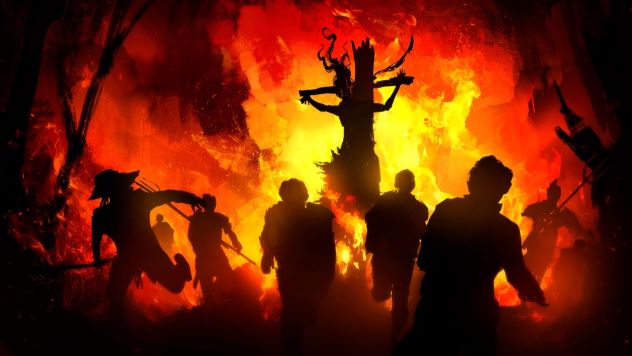
Before the French Revolution in 1789, Paris was led by the provost of the merchants. For one year, Jean de Folleville was the provost of Paris, where he oversaw the first Paris witch trial.
In August 1390, two women, Margot de la Barre and Marion La Droituriere, were sentenced to be burned at the stake. The women were accused of casting a spell on Marion’s former lover and his wife. Trying to regain her love, Marion shared a drink with her former lover made of drops from her menstrual blood mixed with wine. Marion had obtained two recipes from Margot: One was for herbs to provoke impotence in Marion’s lover, and the other was to arouse the lover’s desire for Marion by roasting rooster testicles and placing them under his pillow.
Later, in October 1390, Jeanne de Brigue and several other women were tried for witchcraft too. Brigue was claimed to have been taught by her godmother to command Haussibut, a demon. Brigue was also claimed to have learned divination from her neighbor and could find lost objects. These accusations came because six years earlier, Brigue had been approached by a priest looking for help in recovering money and a silver cross stolen from his church. Because Brigue found these items, the priest claimed Brigue had supernatural powers. Following these accusations, Jean de Folleville ordered that Brigue be burned at the stake at the Place du Marche aux Pourceaux.[9]
1 The Inquisition
The Inquisition was a Catholic Church effort focused on fighting heresy (and witchcraft) by conducting trials of people believed to be heretics. Convictions of unrepentant heretics often led to executions or life imprisonment. Inquisitors often showed up in town and then gave people a chance to admit to heresy. Those who admitted were tortured. Heretics who did not confess were also tortured.
In 1384, Sibilla Zanni and Pierina de’Bugatis were brought before the Inquisition. They were first only sentenced to minor penance because the Inquisition did not believe their story about the Madonna Oriente, a fairy-like religious figure. The women claimed to practice religious rituals where Madonna Oriente performed magical acts, which included resurrecting slaughtered animals.
Ultimately, in 1390, the two women were re-arrested and executed. During this trial, the women admitted to sex with Lucifelum, a dark spirit. The two women also claimed to sign a contract renouncing God. Oddly, the narrative told by these women is very similar to that told by several other groups in Italy and Europe at the time.[10]
[ad_2]
Source link

